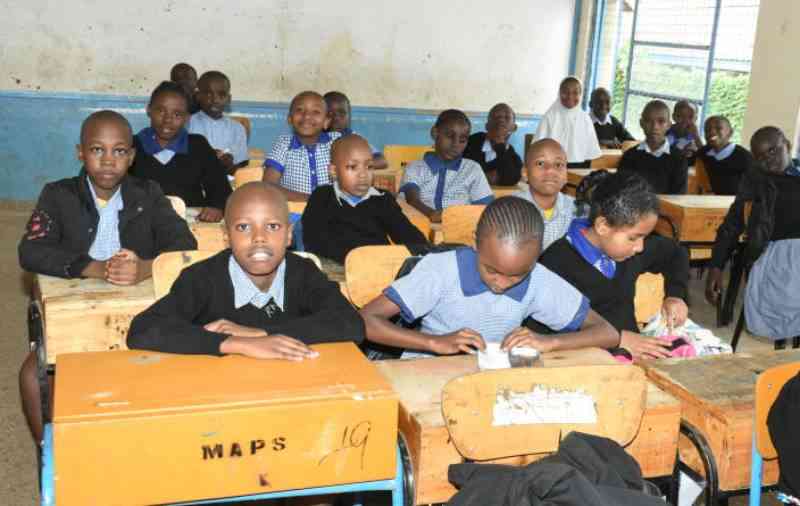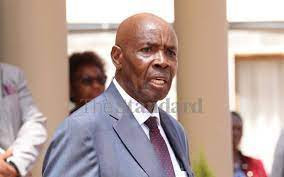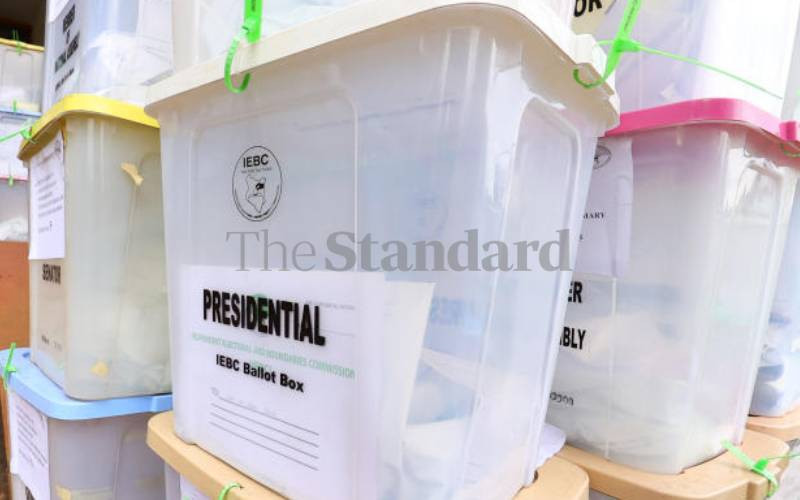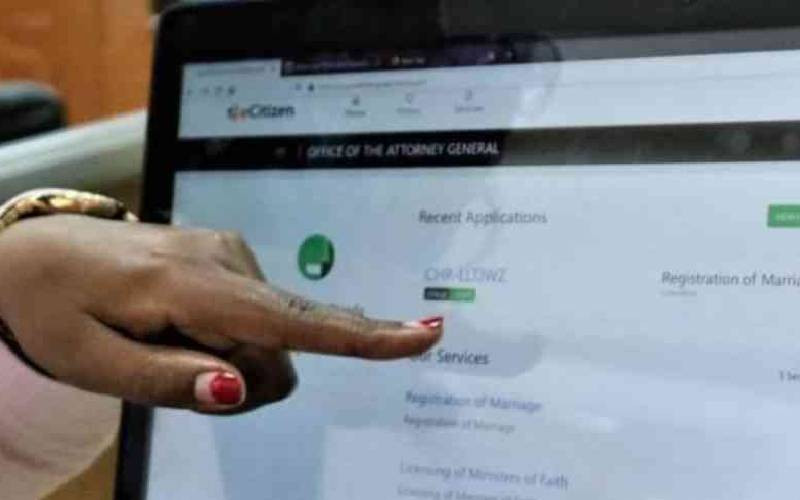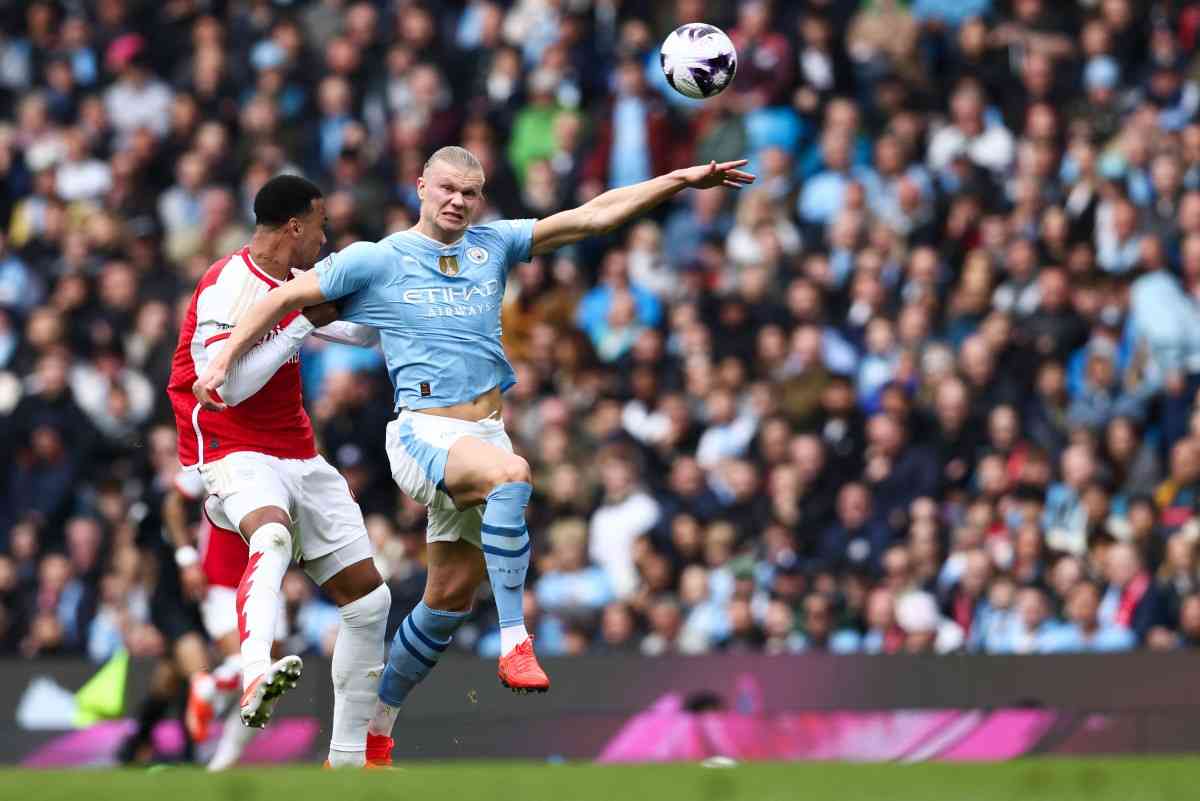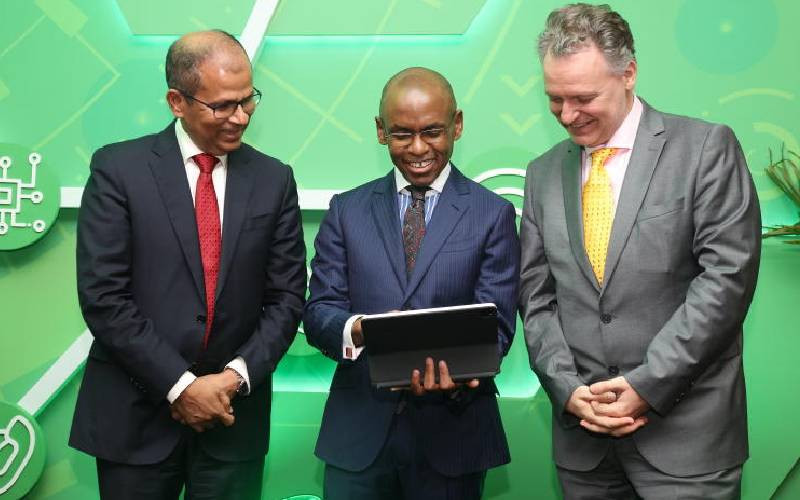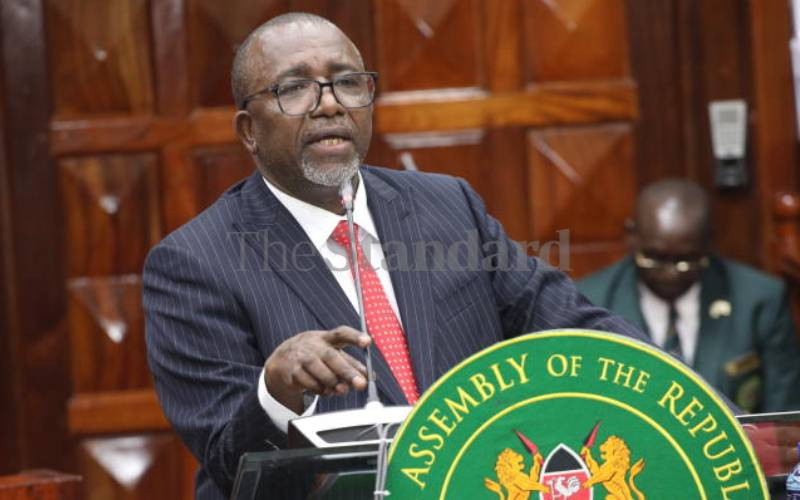When free primary and secondary school education programmes were introduced, the aim was to increase access to basic education for all.
The noble idea was to reduce the cost of basic education, which is a major hindrance to accessing basic education for many children.
And with its implementation, there has been increased access to education for many children. It also came as a relief for many overburdened parents struggling to put food on the table and at the same time put their children through school.
But now, this short-term victory is under threat from unscrupulous businessmen working in cahoots with school managers.
There have been complaints of many schools forcing parents to pay extra charges in defiance of the Government's directive on fees.
Parents are being asked to pay more than what is already stipulated in the fee guidelines, failure to which school managers threaten to expel learners, or in the case of new admissions like the Form One entry, students being turned away.
Some of these extra fees are hidden under terms like 'motivation' fees for teachers. Many other students are also locked out of high school education due to the high cost of uniforms and other items.
Revelations that in some schools parents are asked to buy hockey sticks, footballs, gum boots and lab coats before they get admitted is sad. While such equipment might be important, they should not be a pre-requisite for admission.
Asking a student to come with three hockey sticks, on the other hand, is outrightly outrageous.
To make matter worse, some schools insist that uniforms, utensils, mattresses and game equipment must be bought from certain shops for 'uniformity, equality, self–esteem and the well-being of students.’
The impact of this is an overburdened parent and a strained child with little value added to the overall goal – education.
Even though the Ministry of Education officials have made tremendous efforts in containing additional levies that affect fees this year, the same effort must now be doubled to ensure education is fully free.
The elephant in the room remains the hidden cost in school uniforms. As important as it is in giving sense of belonging and a code of conduct it should not be a hindrance to a child pursuing his or her education.
There is an urgent need to streamline the whole question of uniforms. There is need to look again at the issue of schools insisting on a single supplier - who ends up increasing the cost of uniforms and other required items.
Any school uniform decided upon must permit all learners to participate in learning activities with ease, care and modesty. However, it would be noble to think around the possibility of streamlining the current variety of school uniform choices and limiting the number of uniforms required per school.
Stay informed. Subscribe to our newsletter
The Kenya Union of Post Primary Education Teachers has argued that the uniform policy is archaic and needs a review.
It should also be noted that a Ministry of Education task force of 2014 made progressive proposals that need to be fine-tuned.
The findings of the Dr Kilemi Mwiria task force proposed that school uniforms be kept to a bare minimum, with only a trouser/shorts or skirt, shirt or blouse, a necktie, sweater, socks and footwear.
A sun hat was also listed as key to learners with albinism. This was a commendable start for stakeholder engagement.
Education stakeholders might also need rethink the idea they rejected, which proposed similar uniforms across the country and come up with workable formula that eases the burden on parents while at the same time achieving the required purpose.
Even as the debate rages on, the best option moving forward must be that which ensures that children’s access to education in public schools is not impeded.
 The Standard Group Plc is a
multi-media organization with investments in media platforms spanning newspaper
print operations, television, radio broadcasting, digital and online services. The
Standard Group is recognized as a leading multi-media house in Kenya with a key
influence in matters of national and international interest.
The Standard Group Plc is a
multi-media organization with investments in media platforms spanning newspaper
print operations, television, radio broadcasting, digital and online services. The
Standard Group is recognized as a leading multi-media house in Kenya with a key
influence in matters of national and international interest.
 The Standard Group Plc is a
multi-media organization with investments in media platforms spanning newspaper
print operations, television, radio broadcasting, digital and online services. The
Standard Group is recognized as a leading multi-media house in Kenya with a key
influence in matters of national and international interest.
The Standard Group Plc is a
multi-media organization with investments in media platforms spanning newspaper
print operations, television, radio broadcasting, digital and online services. The
Standard Group is recognized as a leading multi-media house in Kenya with a key
influence in matters of national and international interest.

